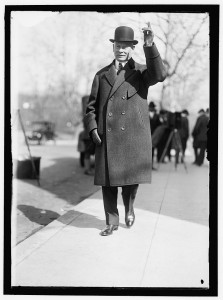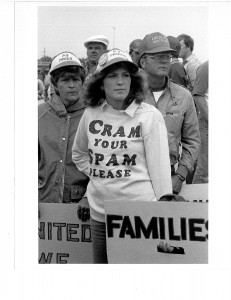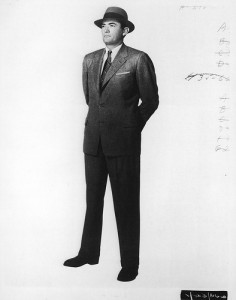Here are the first pages of a chapter on Gary, Indiana entitled “The Magic City”:
Made-to-order cities are the spectacular civic by-product of the new industrialism. Accustomed though Americans of this day are to rapid accomplishment, not one who visits the suddenly created city of Gary fails to experience a new thrill of amazement.
—Graham Romeyn Taylor, Satellite Cities (1915)
In 1904, Elbert H. Gary determined that U.S. Steel, of which he was chairman, was in need of vast new expansion. The huge trust had been created only three years before, when banker J. P. Morgan, Carnegie Steel executive Charles M. Schwab, and others had pulled together “the combination of combinations,” embracing such large outfits as Federal Steel

and Carnegie Steel, and representing 65 percent of the American steel
industry. And already, demand for steel had outpaced U.S. Steel’s resources,
benefiting its competitors. “Judge” Gary, as he was always called thanks to his two terms as a county jurist, delegated the corporate expansion to Eugene Buffington, president of the subsidiary Illinois Steel. And like George Pullman a decade earlier, Buffington and his colleagues decided to build on the edge of Chicago’s spreading metropolitan region.
The corporation considered locations in Waukegan and South Chicago, but the final decision favored 9,000 acres on the Lake Michigan shore across the state line in Indiana. The barren site offered plenty of elbow room at a good price, along with water, railroad access, and proximity to the Chicago labor pool. The corporation went on to build the largest steel mill in the nation there for a new unit called Indiana Steel, along with facilities for corporate holdings American Bridge, American Sheet and Tin Plate, American Car and Foundry, American Locomotive Works, American Sheet and Wire, National Tube, and Universal Portland Cement.
And it built a new city to support the works. Gary, Indiana, as the judge allowed the community to be named, would come to be the largest company town ever constructed in the United States. Gary’s warp-speed incarnation led its promoters to dub it “the Magic City”—a moniker that others, including the mixed-industry town of Middlesborough, Tennessee, had tried to claim but that seemed to fit Gary best of all.
Like most steel men, U.S. Steel’s executives were not eager to become
involved with housing for employees. “We are manufacturers, not real estate dealers,” the head of a large Pittsburgh steel outfit haughtily announced in 1908. “The most successful places in the United States are those farthest removed from suspicion of domination or control by an employer,” averred Buffington. At first, company executives thought they could simply lay out the grid, supply a sewer system and gas lines, and let the community itself take care of the actual residential construction. Before long, though, the corporation was driven to build many residences, since undeveloped lots weren’t selling particularly well and home-building hadn’t taken off. In the end, U.S. Steel built “half a city,” in the words of writer and social reformer Graham Romeyn Taylor. This inclination to abstain from residential building meant Gary was dissimilar from many company towns that had come before, including Lowell, Pullman, Hershey, and even southern textile towns or the towns of the coal belt.
In his article for The Survey, a journal published by the Charity Organization
Society of the City of New York, a social-welfare group, Graham Taylor wasn’t altogether flattering toward Gary. But neither could he help but be impressed: With a population nearing 50,000 only nine years after the first brick was laid, Gary was “probably the greatest single calculated achievement of America’s master industry,” in Taylor’s opinion.


![2468089071_d92f2e1123_z[1]](http://hardygreen.com/wp-content/uploads/2010/08/2468089071_d92f2e1123_z1-225x300.jpg)
